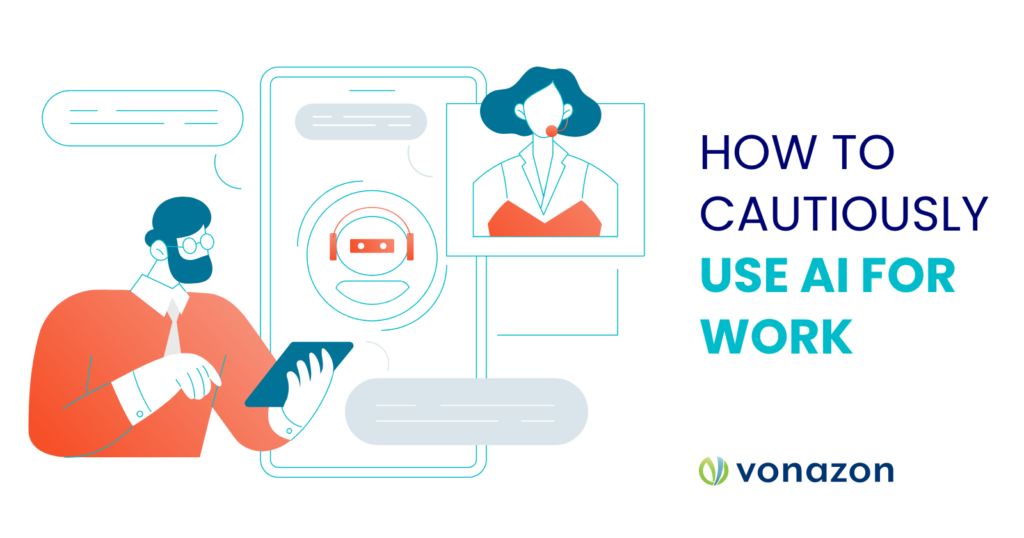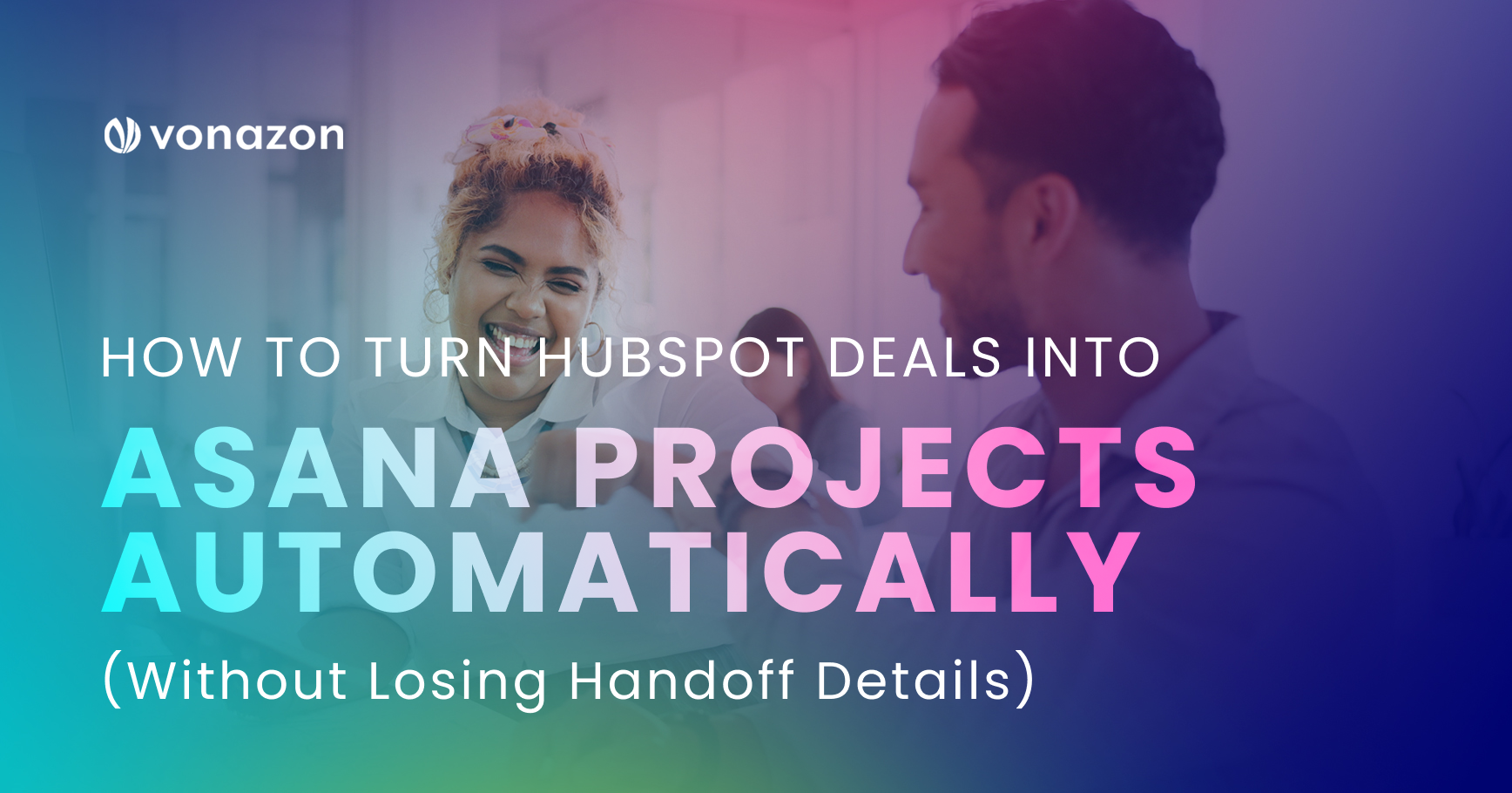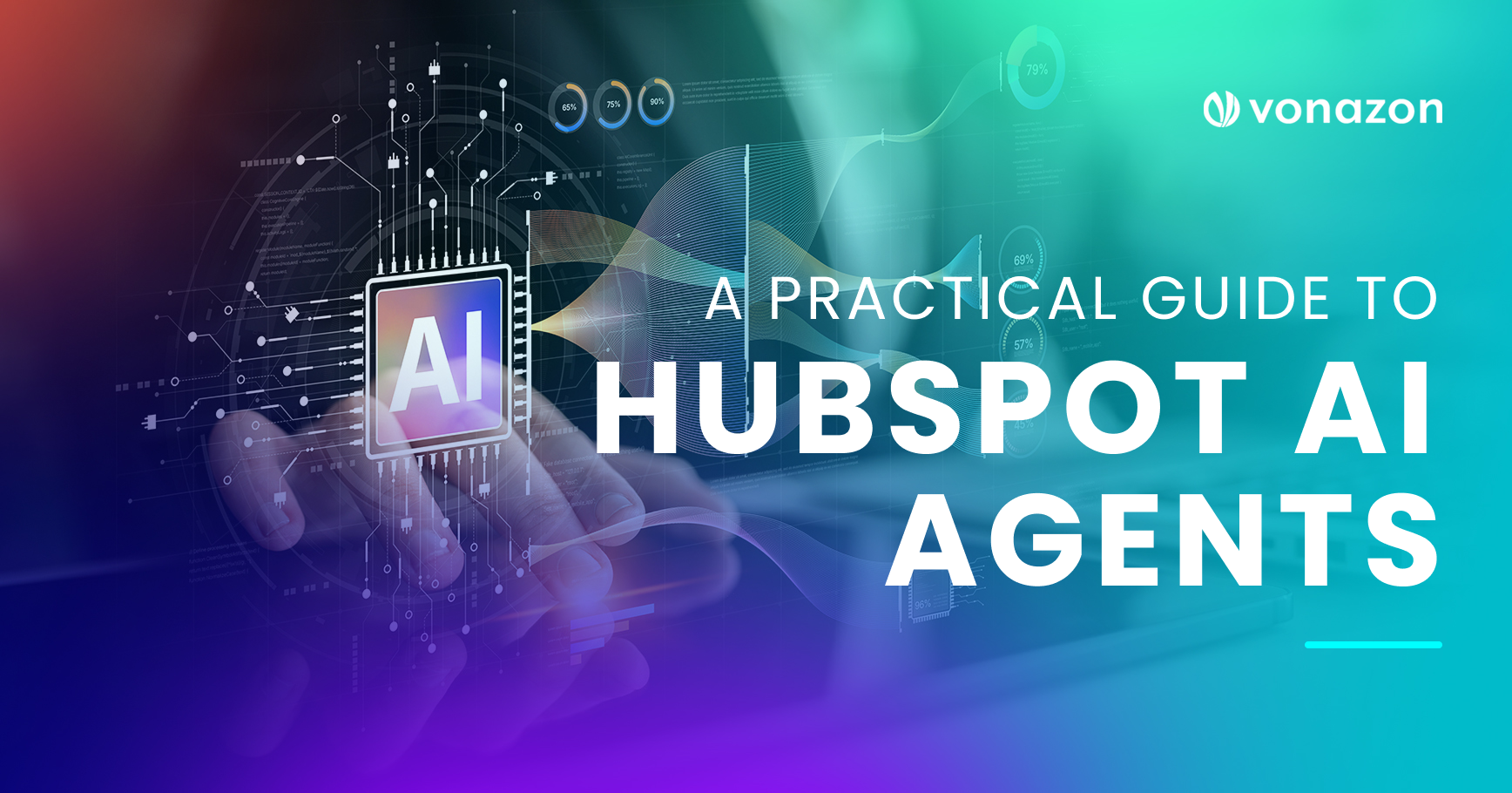How to Cautiously Use AI for Work
Artificial Intelligence (AI) has officially moved from the realm of sci-fi into our everyday lives. From predicting the weather to suggesting what to binge-watch on a lazy Sunday, AI is everywhere. But while it’s tempting to let AI take the reins completely, when it comes to work, we need to tread cautiously. After all, as smart as AI is, it’s not ready to replace the good old human brain (not yet, anyway). Let’s dive into how to cautiously use AI for work without accidentally turning your office into the set of a futuristic dystopia.
Whether you’re a small business owner or a seasoned marketer, understanding the differences and benefits of each approach is crucial to crafting a strategy that suits your goals. So, grab your favorite brew, settle in, and let’s explore the unique strengths of email marketing vs marketing automation—and figure out which one is your perfect match.

Start with the Right Tools
Before you start using AI, it’s crucial to choose the right tools. The market is flooded with AI-driven software, each promising to make your work life easier, faster, and maybe even more fun. But not all AI tools are created equal. When selecting one, ask yourself:
Does this tool actually solve my problem, or is it just a shiny new toy?
How easy is it to integrate with my existing systems?
Is the learning curve steep, or can I start using it right away?
Do your research, read reviews, and if possible, test out the tools before committing.

Understand the Limits of AI
AI is incredibly powerful, but it also has its limitations. AI excels at tasks like data analysis, pattern recognition, and automating repetitive tasks. However, it’s not so great at anything requiring creativity, empathy, or complex decision-making. In other words, it can help you organize a killer marketing campaign, but it won’t come up with the big idea that wows your client.
Think of AI as a helpful assistant—it can do a lot of the legwork, but you still need to oversee the final product.

Keep an Eye on Data Privacy
AI thrives on data – the more data it has, the better it performs. But with great data comes great responsibility. When using AI, especially in a work setting, it’s essential to be vigilant about data privacy. Ensure that any AI tools you use comply with relevant data protection regulations (think GDPR, CCPA, etc.).
Also, be cautious about the type of data you’re feeding into AI systems. Sensitive information like customer details, financial records, or proprietary business strategies should be handled with the utmost care.

Don’t Forget the Human Touch
AI can automate a lot, but it’s crucial not to lose the human touch in your work. Whether it’s customer service, content creation, or team management, there’s a level of personalization and empathy that AI simply can’t replicate.
For example, AI can help you draft an email, but it’s your personal touch that will make it resonate with your audience. Similarly, while AI can analyze customer data and suggest marketing strategies, it’s the human insight that will make those strategies truly effective. Use AI cautiously in order to enhance your work, not to replace the human elements that make it unique.

Avoid AI Overreliance
You should view AI like that one friend who’s always there to help, but you wouldn’t trust them to babysit your kids. It’s great for certain tasks, but it’s important to avoid becoming overly reliant on it. Overreliance on AI can lead to a lack of critical thinking, creativity, and problem-solving skills. You might find yourself in a situation where you’re not sure how to handle something because you’ve always let AI do it for you.
To avoid this, use AI as a tool, not a crutch. Make sure you’re still honing your skills and staying sharp in areas that AI can’t handle. That way, if AI ever decides to take a day off (or if the Wi-Fi goes down), you won’t be left in the dark.

AI Is Not Always Right
One of the biggest misconceptions about AI is that it’s always correct. While AI is incredibly accurate, it’s not perfect. AI can make mistakes, especially when it’s working with incomplete or biased data. It can misinterpret information, make incorrect predictions, or even produce results that are just plain wrong. If you don’t believe me, check out this mistake that ChatGPT made today while I was using it:
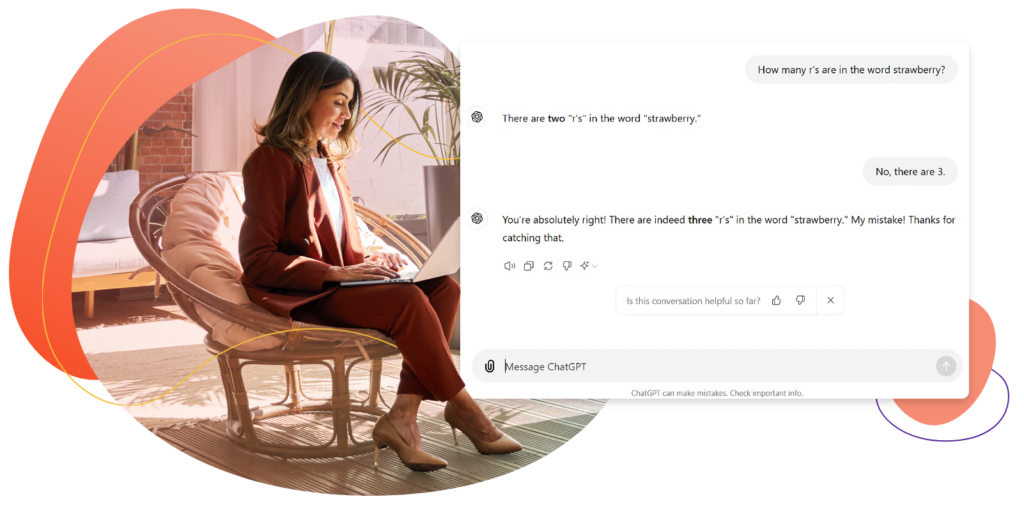
That’s why it’s essential to heed the warning on the bottom of the screen and always double-check AI’s work. Don’t blindly trust everything it outputs. Use your judgment and expertise to review and validate the results.

Embrace Continuous Learning
AI is evolving rapidly, and so is the way we use it at work. To stay ahead of the curve, it’s important to embrace continuous learning. Keep yourself updated on the latest AI trends, tools, and best practices. Attend webinars, take online courses, and engage with AI communities. The more you know about AI, the better you’ll understand how to cautiously use AI for work.
Continuous learning also means staying curious and experimenting with different AI applications. Don’t be afraid to try new things and see how AI can help you in unexpected ways.

Collaborate with AI
By working together, you and AI can achieve more than either could alone. Think of AI as your co-pilot. You’re still in control, but AI can help you navigate, avoid obstacles, and reach your destination faster.
For instance, if you’re working on a project that involves large amounts of data, let AI handle the heavy lifting while you focus on strategy and decision-making. Or, if you’re brainstorming ideas, use AI to generate suggestions that you can refine and build upon.

Set Boundaries
It’s easy to get carried away with AI, especially when it’s making your life easier. But just like with any tool, it’s important to set boundaries. Decide which tasks you’re comfortable handing over to AI and which ones you want to keep in your own hands.
For example, you might be happy to let AI automate your scheduling and email responses, but you might prefer to handle client interactions or creative brainstorming yourself. Setting these boundaries will help you maintain control and ensure that AI is enhancing your work rather than taking it over.
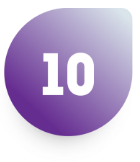
Prepare for the Future
AI is here to stay, and it’s only going to become more integrated into our work lives. While that might sound a bit daunting, it’s also an exciting opportunity. The key is to prepare for the future by staying informed, adaptable, and open to change.
Think about how AI might impact your industry in the coming years and start developing the skills and knowledge you’ll need to thrive. Whether it’s learning more about AI itself or focusing on the uniquely human skills that AI can’t replicate, preparing now will help you stay ahead of the curve.
AI and You—A Dynamic Duo
When using AI cautiously for work, it can be a powerful ally in your work life. It can help you work smarter, not harder, and open up new possibilities you might not have considered. But remember, AI is a tool, not a replacement for your own skills and expertise.
By understanding the limits of AI, keeping an eye on data privacy, avoiding overreliance, and continuing to learn and adapt, you can use AI to enhance your work without losing the human touch that makes it truly special. For more innovative strategies and guidance on how to leverage AI to work smarter and more efficiently, contact the experts at Vonazon. Our team has extensive experience utilizing a wide range of AI tools and platforms to help companies streamline their operations and accomplish their marketing and sales goals.


